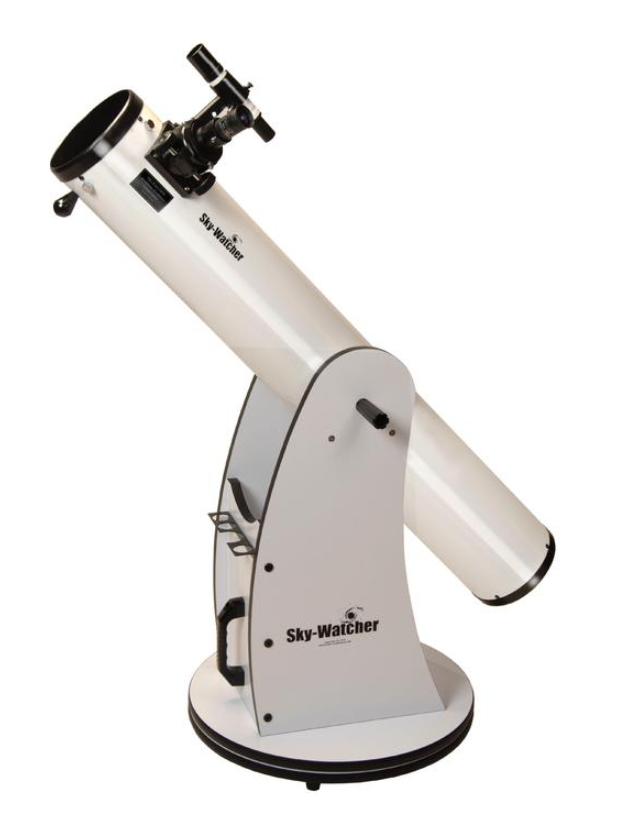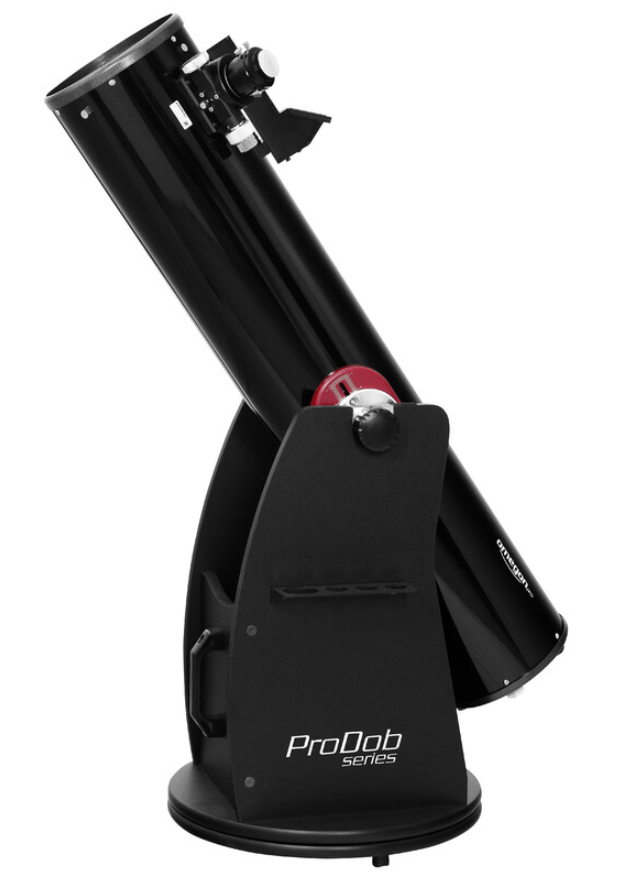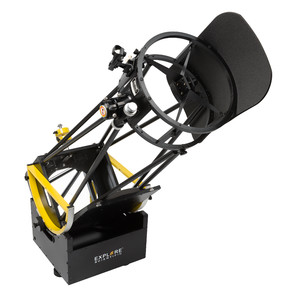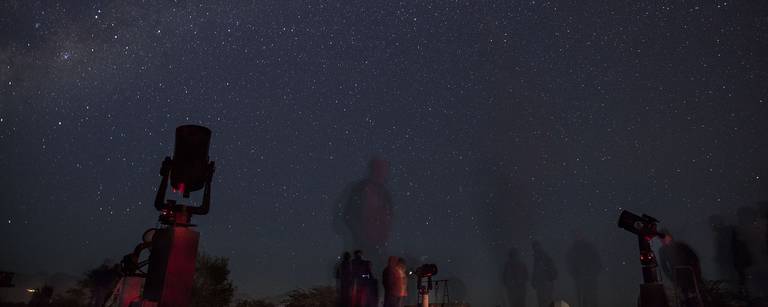Which telescope for stargazing?
Below, you will find a selection of the best telescopes for observing the Moon, the planets and the deep sky objects. Okay, best telescopes, that may be a subjective point of view since your preferences and mine may differ. But I tried to select one affordable telescope for the beginners, and two for more experienced stargazers. I also decided for so-called Dobsonian telescopes. Dobsonian telescopes are essentially Newtonian telescopes (read: Different Telescope Types for Amateur Astronomers), but with a mount that is extremely simple, easy to operate, and relatively inexpensive to produce. This makes Dobsonian telescopes the most affordable choice. They are probably the best compromise for obtaining a wide aperture and a significant focal length—the best of both worlds!
I wouldn't recommend an expensive equatorial mount if you don't want to invest into a (way) more costly astrophotography setup. Not only because equatorial mounts do cost more, but also because they are quite more complicated to use.

The Skywatcher 150/1200 Skyliner is an affordable telescope and very well suited for observing the planets and the Moon even in light pollutes cities.
Operating its Dobsonian mount is uncomplicated and using it to navigate through the constellations is a breeze. The telescope comes with two eyepieces, a 25 mm and a 10 mm, and thus two different magnifications. However, as in almost all entry-level telescopes the eyepieces shipped with the instrument are not of the absolute best quality. They still allow for decent views, but once you get more experienced you will probably want to upgrade for something better. Note that while as stated above, the Skyliner is a good telescope for observing the Moon and the planets, it isn't really the best choice for deep sky objects like galaxies and nebulae.

The Omegon ProDob 203/1200 Radiant is an exciting Dobsonian telescope. Its bigger mirror collects way more light than the Skywatcher Skyliner for the same focal length, thus allowing not only planetary, but also some deep sky observation.
It has a cooling fan located under the main mirror that makes it faster to get ready for observing. Indeed, differences in temperature inside its tube cause turbulence that lowers the quality of the seeing through a telescope. This is why it's always a good idea to let the instrument cool down a bit. In the present case, the fan speeds up the cooling process so the telescope reaches its optimal temperature within minutes.
The telescope is shipped with a really good super wide angle 32 mm eyepiece. You can add more eyepieces for different magnifications, but that one will already provide stunning views.

Explore Scientific is a well known and respected brand among amateur astronomers and the Explore Scientific 305/1525 Ultra Light Generation II is one of their high-quality products!
Its impressive diameter will deliver amazing views of the planets and the Moon, but the impressive quantity of light it can collect also allows to wander through the sky and to look for all kind of galaxies, nebulae and star clusters.
This is the second version of the Ultra Light that includes feedback from the users of the previous version. Relatively easy to move around and to load in a car, this telescope is also uncomplicated to set up. It has two cooling fans so the main mirror can reach the optimal temperature faster (but not immediately!)
Note that this telescope comes without the eyepieces, which actually makes sense. See, the eyepieces are a key component in this kind of high-end instruments. You don't want to settle for the ones that vendors ship with entry-level telescopes so they can keep the price tag under control. Your Explore Scientific can be used with both the 1.25″ and the 2″ eyepiece common sizes of which you will find some nice ones here. I would recommend a pair wide-angle eyepieces for starters, with an 82° apparent field of view for an immersive experience:
The Explore Scientific 18 mm will give you stunning views of large deep space objects while the Explore Scientific 8.8 mm is just perfect for the planets and the Moon.








